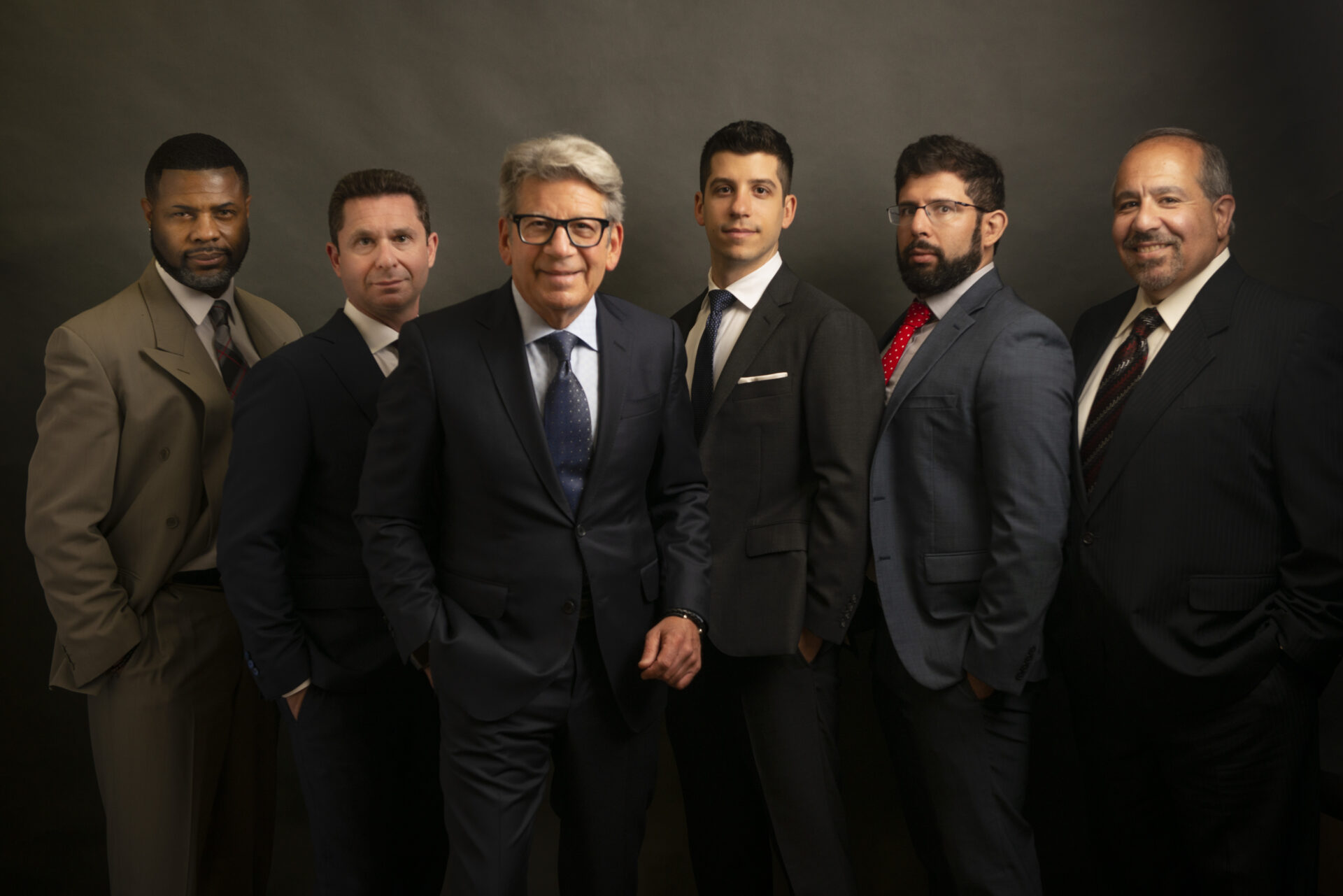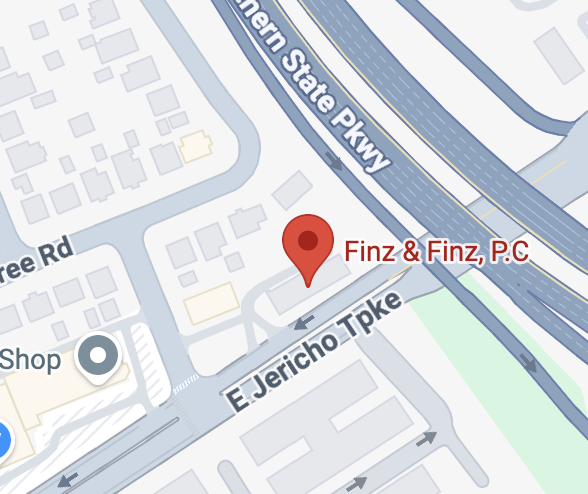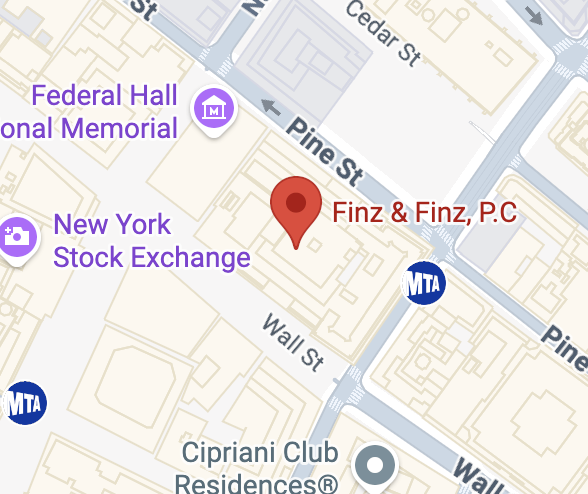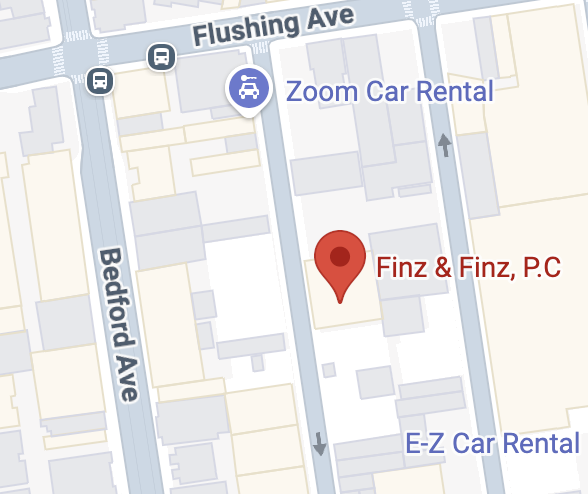
Left-hand turns are among the most hazardous maneuvers on crowded New York streets. These turns are so dangerous that some scientists have recommended banning left-hand turns altogether because they pose a significant safety risk to American drivers. Although they may be common, most people are confused about who can be held responsible for causing a left-hand turn accident in New York.
At Finz & Finz, P.C., we want to help New York drivers understand the state’s right-of-way laws and who is at fault for causing a left-hand turn accident.
Why Left Turns Are Dangerous
According to data from the National Highway Traffic Safety Administration, nearly 61 percent of all crashes at intersections involve a left-hand turn. Why are left-hand turns inherently more dangerous than other traffic maneuvers? Because turning left typically involves taking you against traffic and into the path of oncoming vehicles. Drivers must also split their attention to navigate the many hazards other vehicles pose before navigating a life-hand turn. Poor visibility, obstructions, the inability to judge the speed of oncoming vehicles, poorly timed traffic signals, and pedestrians crossing the intersection are all hazards a left-hand turning driver must anticipate before negotiating a turn.
Additionally, many New York intersections don’t give drivers enough time to make a left-hand turn. Left-hand turn arrows can come and go quickly, meaning drivers may be more inclined to turn on a yellow or even red light to try to make it through the intersection.
Although numerous conditions make left-hand turns more dangerous than other turns and driving maneuvers, most left-hand accidents occur because of driver error. Some of the most common causes of left-hand turn accidents in New York include:
- Distracted driving
- Failing to follow traffic signs and signals
- Failure to see pedestrians crossing the intersection
- Failure to yield the right of way
- Speeding
- Turning into oncoming traffic
Congested New York streets, inclement weather conditions, and environmental hazards also contribute to the danger of making left-hand turns.
Right of Way Laws in New York
New York right-of-way laws can help drivers resolve common intersection conflicts and dictate traffic movement along New York City streets. First and foremost, drivers should always communicate their intention to turn left with other drivers on the road. That means using your turn signals at least 100 feet ahead of where you want to turn.
When negotiating a left-hand turn, always reduce your speed and remain alert. You must constantly monitor your surroundings for potential threats like pedestrians, speeding cars, traffic signals, and oncoming traffic. Always make a left-hand turn from the correctly designated turn lane and look right, left, and right again before entering the intersection to check for traffic coming from both directions. Don’t forget to scan the crosswalk for pedestrians attempting to cross the street simultaneously. Never turn left until you have a green light, green arrow, or when traffic permits.
So, Who’s at Fault for a Left-Turn Accident?
So, who’s at fault for causing a left-hand turn accident in New York? The answer depends on the circumstances of the collision. Although it may be a no-brainer to point the finger at the driver turning left, there are scenarios where both drivers may be to blame for causing a left-hand turn accident. In New York, drivers negotiating a left-hand turn must yield to oncoming vehicles and pedestrians. A driver turning left can be at fault for causing an accident when they:
- Drive while impaired
- Fail to yield the right of way to oncoming traffic
- Make an illegal U-turn into oncoming traffic
- Run a red light to make a left-hand turn
- Speed
- Turn while distracted
However, there are situations when another driver may be responsible for a left-hand turn accident. Proving fault is a matter of using evidence to show who was responsible for the crash. A police report, eyewitness statements, photographs, videos of the scene, and physical evidence can play a role in determining fault.
Why does determining fault matter in a no-fault car insurance state? Left-hand accidents can cause serious injuries. Sometimes, an individual may seek compensation through a personal injury lawsuit to recover compensation for their substantial financial losses.
New York follows a pure comparative fault system in personal injury cases, meaning the amount of compensation you can recover after an accident is affected by your portion of fault for causing an accident. In other words, compensation can diminish by the same percentage of fault a person bears for causing a collision.
How Our Attorneys Can Help
A left-hand turn accident can leave you hurt physically and financially. Moving forward with your life and getting the money you need from your insurance company can be challenging. How can you ensure you get what you deserve and are not short-changed? You need to help only an experienced New York car accident attorney can provide.
At Finz & Finz, P.C., our legal team can help you by providing the strategic legal advice and emotional support you need to navigate this difficult time. We start by listening to you and carefully reviewing the specific elements of your situation. No two left-hand turn accidents are alike.
We take the time to thoroughly review your situation while gathering and preserving critical evidence that supports your claim. We also calculate your claim’s fair and accurate value so we can aggressively negotiate on your behalf for every penny you deserve. If an insurer doesn’t want to sit at the negotiating table, our experienced New York litigators are ready to prepare a court case.
Contact Us
Are you ready to learn more about your legal rights following a New York left-hand turn accident? Contact the office of Finz & Finz, P.C. today to speak with an experienced New York City car accident lawyer about your situation. Our legal team wants to help you settle your claim most fairly and reasonably possible. You deserve compensation for your financial losses. Let us help you pursue the money you need.






























